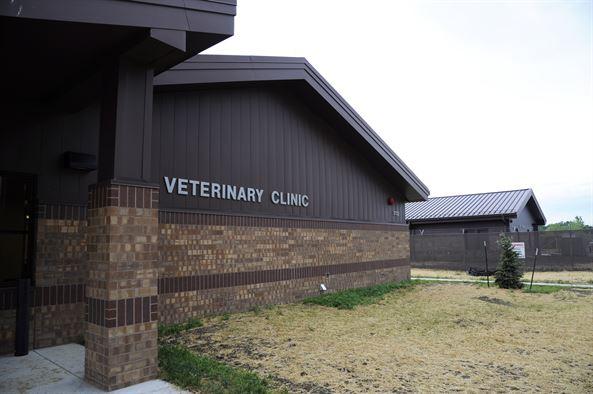Livestock producers and veterinarians have been adjusting to the Veterinary Feed Directive (VFD) rules which were put into effect on January 1, 2017. Before then, feed-grade antibiotics such as chlortetracycline (CTC) could be purchased and used by livestock producers for their animals without any input from a veterinarian. Now, in order to use those medications, a VFD form from a veterinarian must be obtained.
Understanding the VFD Rules
As all parties quickly discovered, the VFD process is more than just getting a vet’s signature on a scrap of paper. Because there is no allowance for using feed-grade medications in an “off-label” manner, veterinarians completing the VFD’s pay exquisite attention to every detail on the medication’s label, including the dose, duration of feeding, reasons (disease treatment vs. control) for feeding, and the diseases the medication could be used for.
Issues with pneumonia post-weaning, or following arrival of feeder cattle have always been challenges for cattle producers. In past years, uses of CTC in cattle feed were subject to very little oversight, and some of those uses, although well-intended, were off-label. With the onset of the VFD rules, producers needed to square their previous treatment methods with what a VFD can – or can’t – allow them to do.
ANIMALS COVERED
A VFD can’t be written for more animals than the veterinarian expects you’ll have on the farm. The veterinarian is responsible for indicating the number and location of the animals to be treated. This might get a little tricky for producers who buy several groups of feeder calves over time. Veterinarians might decide to only write the VFD for what is currently on the farm, or they could write it for the number eventually expected, if they are confident that number will be eventually procured.
PNEUMONIA
A VFD can’t be written to treat or control pneumonia when there isn’t any pneumonia in the cattle. In the past, it was not uncommon for treatment doses of CTC to be fed to cattle to “get ahead of” an outbreak, or to “clean up” the calves’ respiratory tract in anticipation of problems. When treatment doses are authorized by a VFD, this implies that active pneumonia is present in the group. It doesn’t mean producers have to wait until each and every calf is sick – but clearly, CTC labels don’t allow for using treatment doses in a group of completely healthy calves. This is the veterinarian’s call. If their clinical judgement tells them there’s pneumonia present in the group, they can write the VFD.
REPEAT TREATMENTS
A VFD can’t contain a statement authorizing a “retreatment as needed” or “repeat treatment in xx days.” An animal can’t show up on a VFD form more than once. If another round of treatment is necessary, a veterinarian will have to issue another VFD for the second treatment. That means that some groups of cattle might need 2 or 3 separate VFD’s written for them.
EXPIRATION DATES
All VFD’s have expiration dates, which is sometimes a point of confusion. A VFD actually expires when the treatment is done (or the expiration date is reached – whatever comes first). For example, even though a VFD might not expire until March (authorizing a treatment any time until then), if the treatment is completed in January, the VFD is finished too.
REFILLS
A VFD can’t provide for refills, like a prescription one might get from a family doctor. This means a producer can’t use the same VFD form to come back and get another quantity of medicine if it’s determined to be needed later on.
VETERINARY CLIENT PATIENT RELATIONSHIP (VCPR)
A VFD can’t be written by just any veterinarian. A VFD must be written by a veterinarian whit a valid Veterinary Client Patient Relationship (VCPR) with the producer. Essentially, the veterinarian in the VCPR must be familiar with the animals and the way they’re raised. Specific definitions of the VCPR can vary slightly across jurisdictions, but all of them require the veterinarian to be the responsible party for the animal’s health decisions, to be available for follow-up in case of adverse outcomes, and to be familiar with the animals through timely visits. Frequency of these visits is not always spelled out in the VCPR rules; it will vary according to the type of farm and animals being treated. For example, once- or twice-yearly visits may suffice for a cow-calf operation, while monthly or more frequent visits may be necessary for a veterinarian to keep abreast of the health status of a dairy or swine operation.
Summary
It’s understandable that some livestock producers feel pinched by what a VFD can’t do. However, these rules have given livestock producers an opportunity to interact with the one local professional who can best guide them through health-related decisions about their animals – their veterinarian. Since the VFD’s implementation, these interactions have resulted in more effective and efficient use of these medications and consideration of disease prevention methods that preclude the need for antibiotics. These conversations are a positive by-product of the VFD regulations.
SOURCE: Russ Daly, Professor, SDSU Extension Veterinarian, State Public Health Veterinarian









